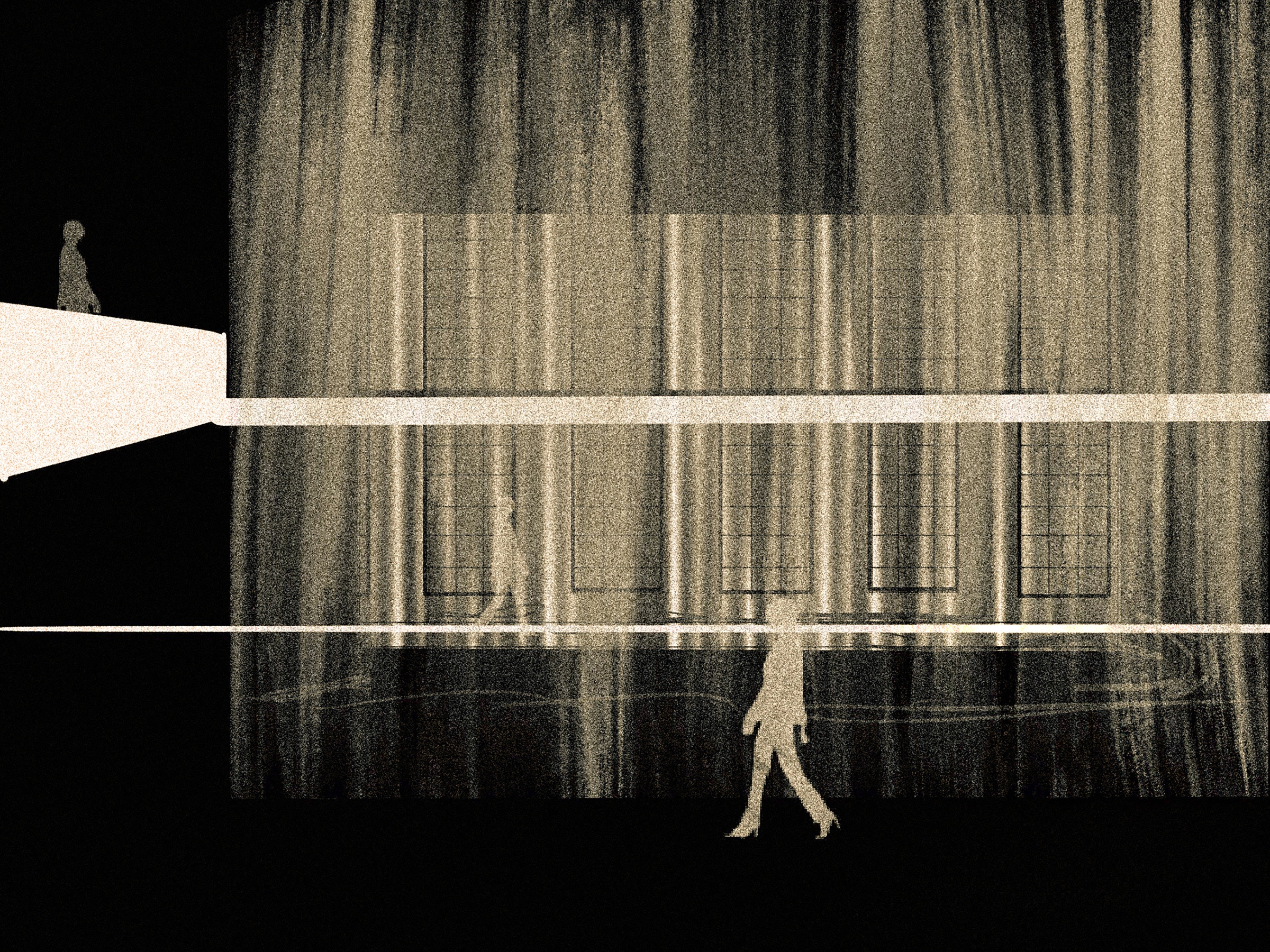
Ossimellom
By Trine Steenstrup Yggeseth
”We are able to see feelings, hear movement, touch speech, taste space and smell time.”Travis Hauan 2017
As a designer who has grown up with a deaf twin brother, I have created a personal design project that deals with this invisible disability. Our society is mainly designed by and for the hearing, where information and communication are sound based. For deaf people, visual information is a natural prerequisite for being able to participate in the community. One must see what one does not hear. By researching DeafSpace guidelines and qualities of sensory architecture, Ossimellom proposes transforming the old telegraph building into a visual and open culture center, where deaf and hearing people can share a meal, culture and knowledge. The design of the spaces have an emphasis on visual and open connections, where sensory perceptions are experienced through different gradations of transparency.
NEW ENTRANCE & STAIRCASE
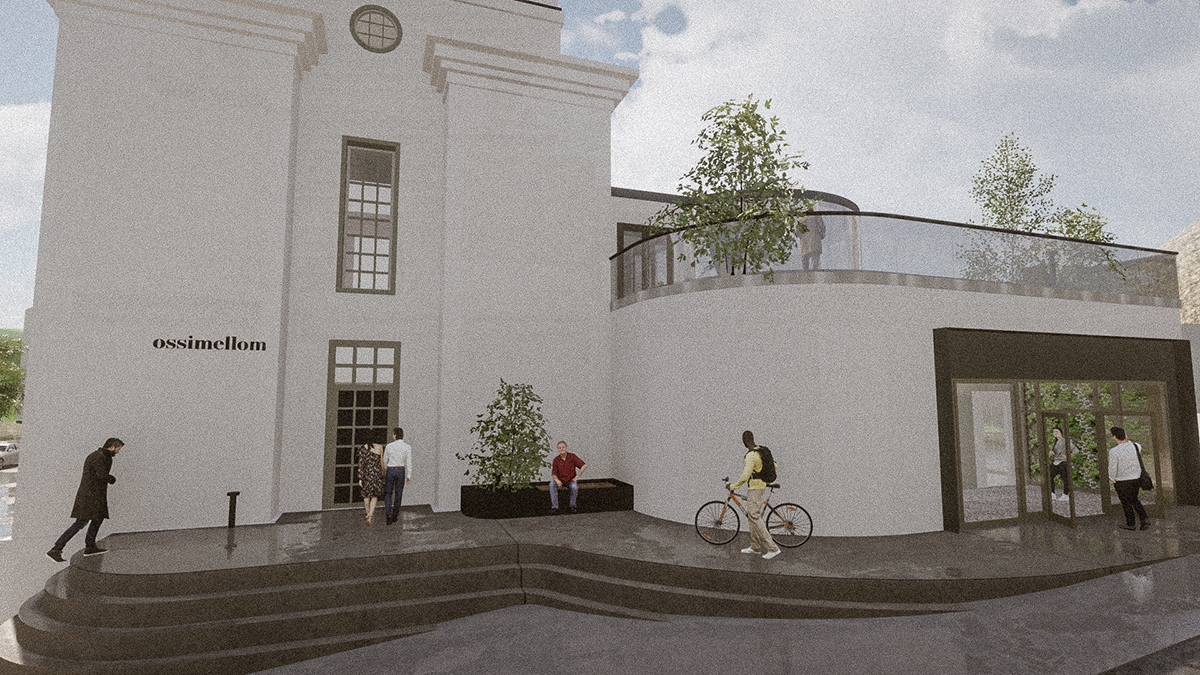
The new entrance is designed with the intention of sensory reach, with a step-free arrival into the building. A rounded corner increases visibility and prevents you from bumping into people you can't hear approaching.

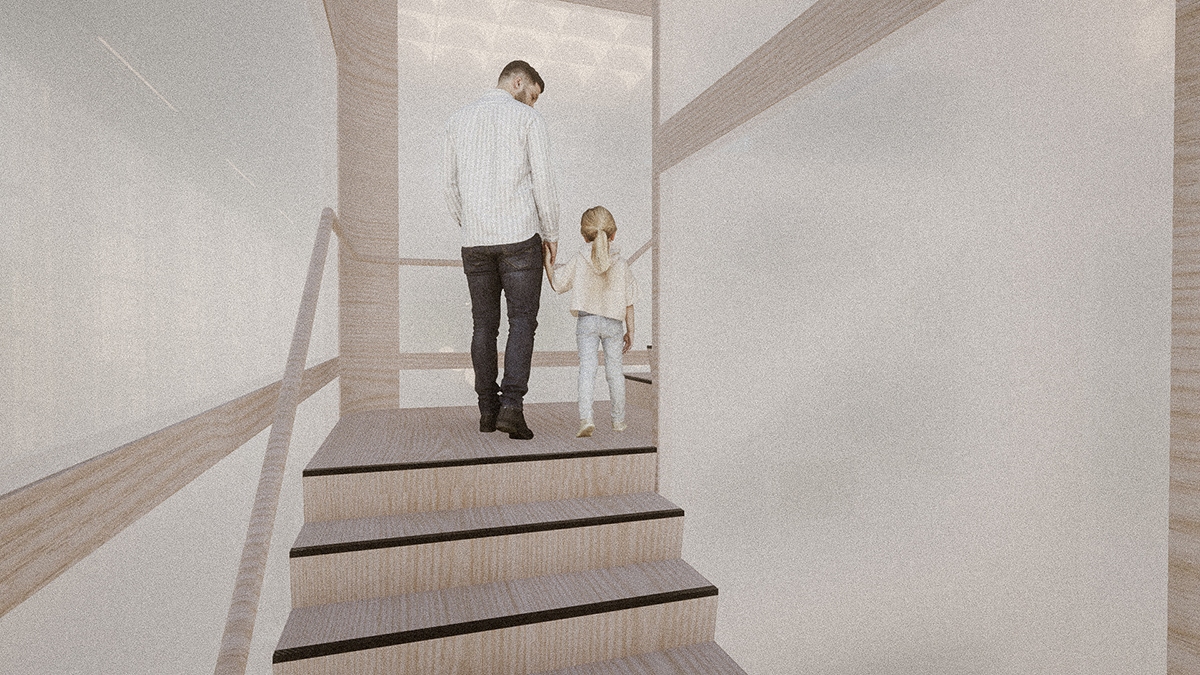
The new staircase and elevator is the vertical connection throughout the building. The transparent stairwell and elevator helps to provide visual connections, while contributing to the gradation of shadows moving up or down, providing a sensory perception.
THE RESTAURANT
The restaurant is located in the center of the 1st floor, with rounded seating arrangements to optimize visual communication. The hanging transparent textile draped over the seating areas provides shelter for direct visual perception when communicating in sign language. At the same time it provides visual connection to the 2nd floor.


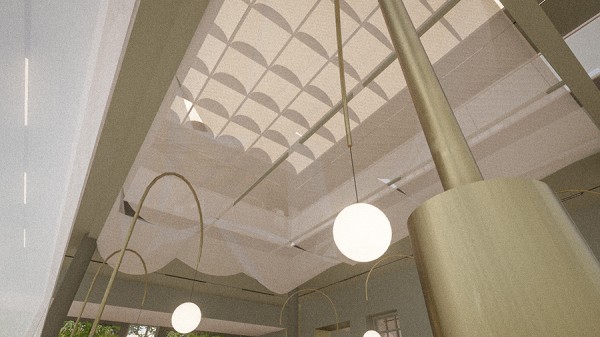
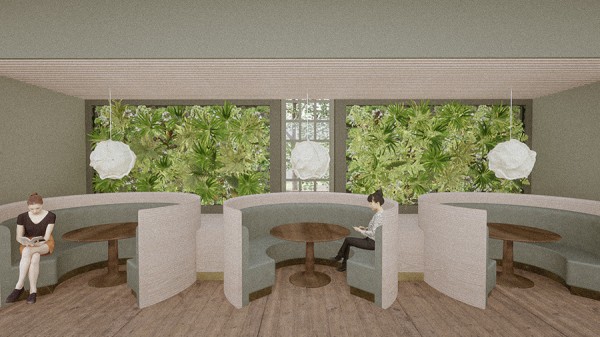
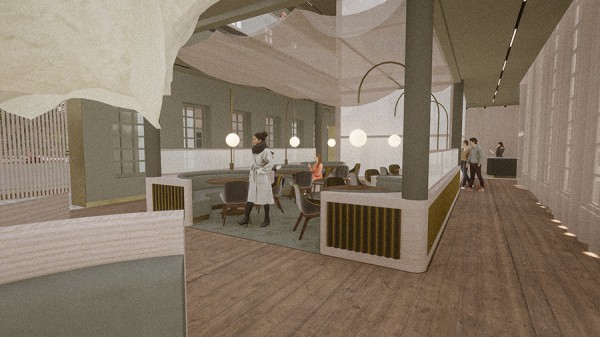
THE DYNAMIC LOUNGE
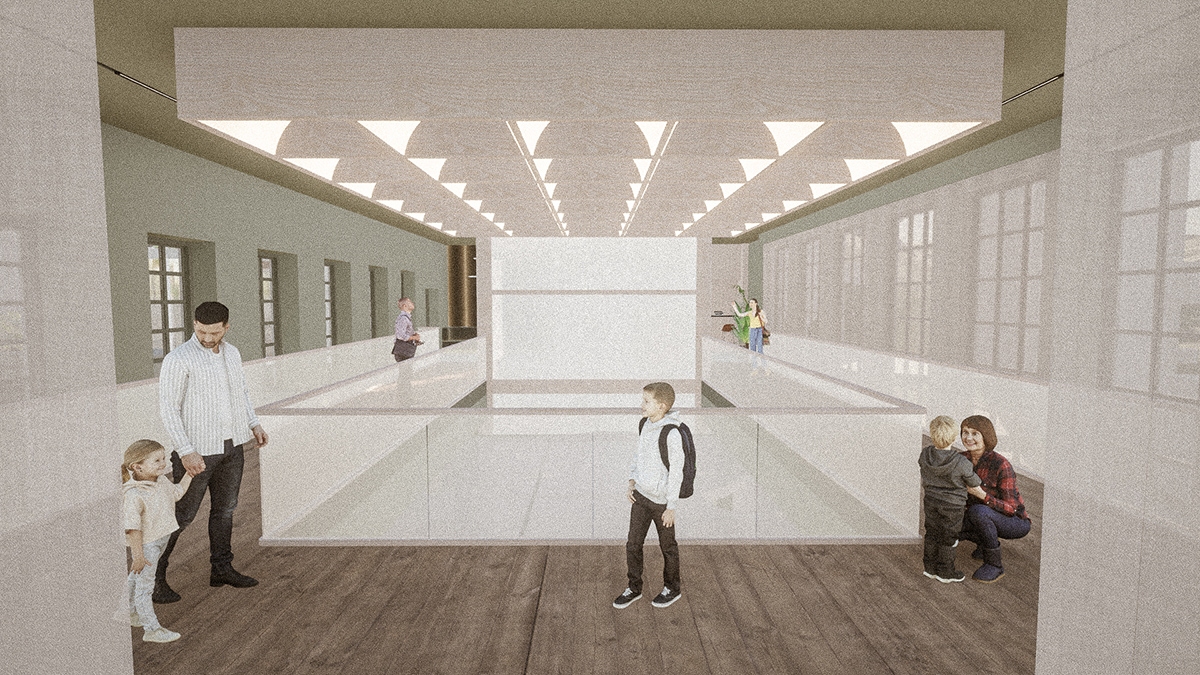
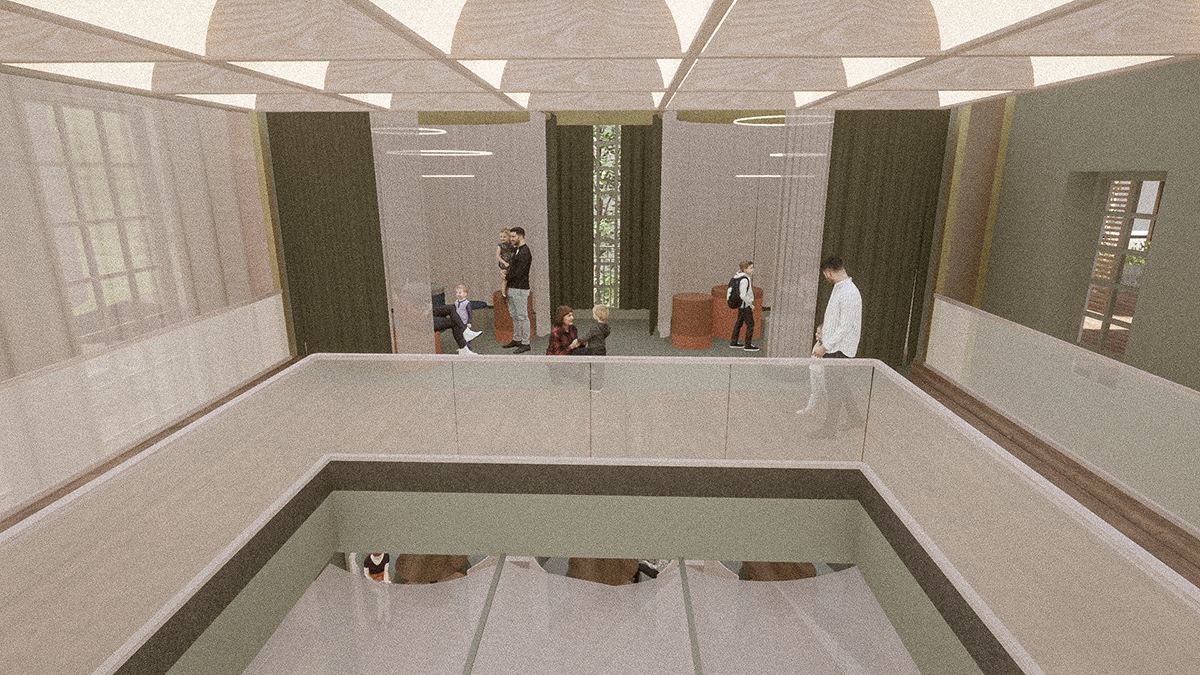
On the 2nd floor you can find the lounge; a place to relax, read a book, browse your mobile or communicate with friends. The lounge is a dynamic space inspired by the place in between - the gap between the deaf and the hearing world. The space can stand as two separates rooms or become one depending on the configuration of the hanging curtain, and provides a flexibility in how the space can be used.
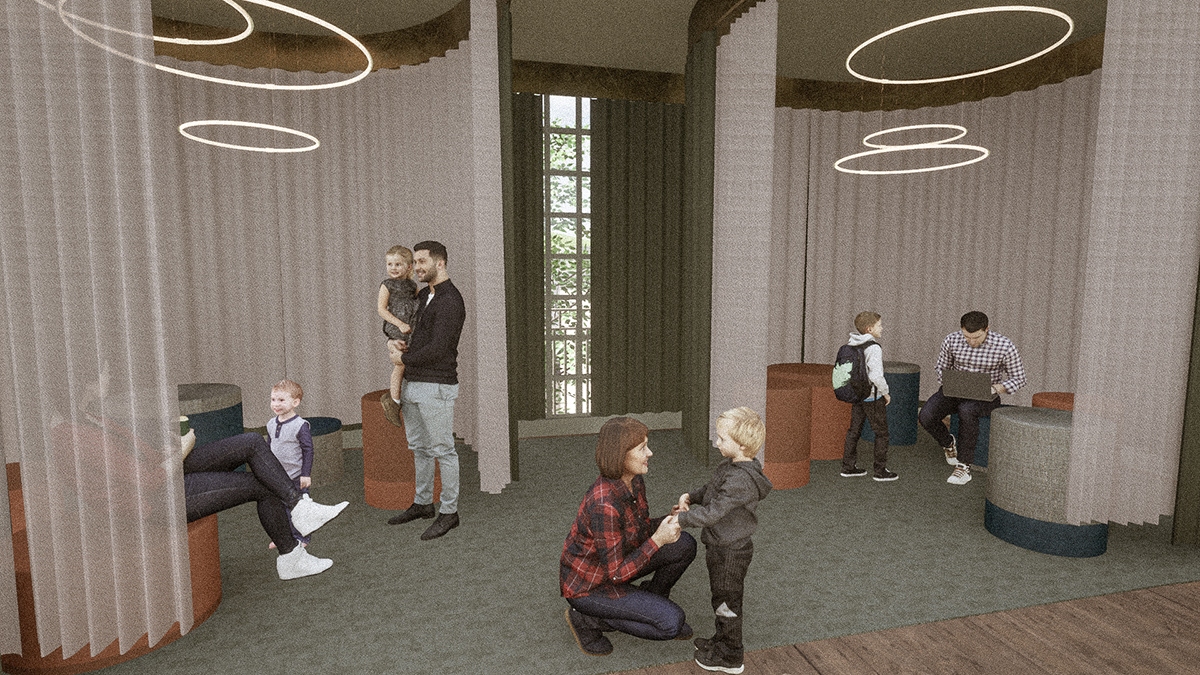
CITY TERRACE & THE ROUND ROOM
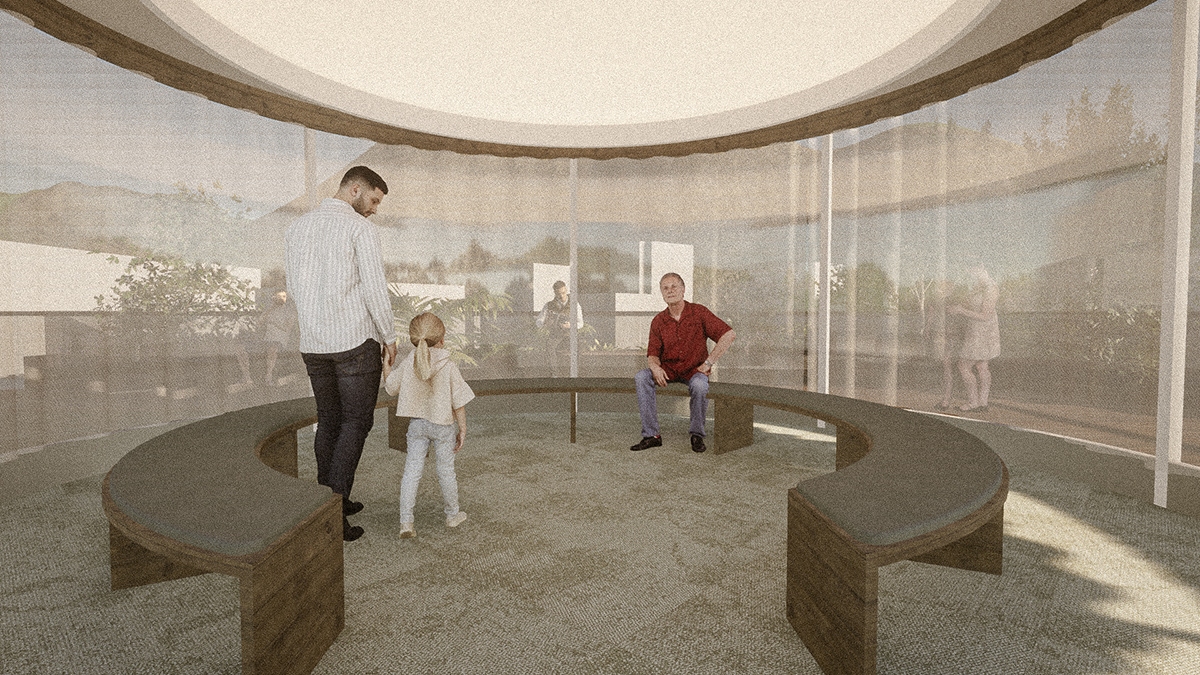
On the rooftop you can find an urban terrace with green growth, running water and various seating arrangement. The use of a round room for improved visual communication is also extended to the rooftop; a new extension of the building. This room is designed for learning and teaching sign language, focusing on the non-verbal communication. The transparent surface towards the surroundings also creates a shadow show of moving hands, an element to make the sign language more visible to most people.
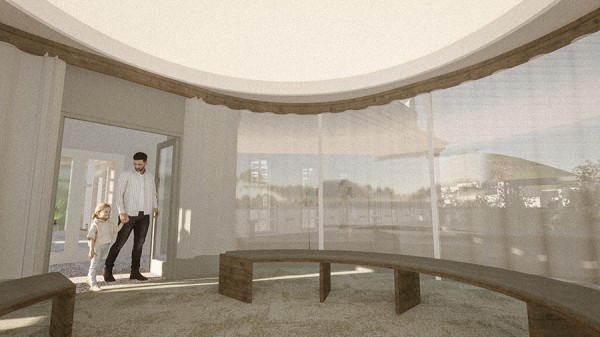
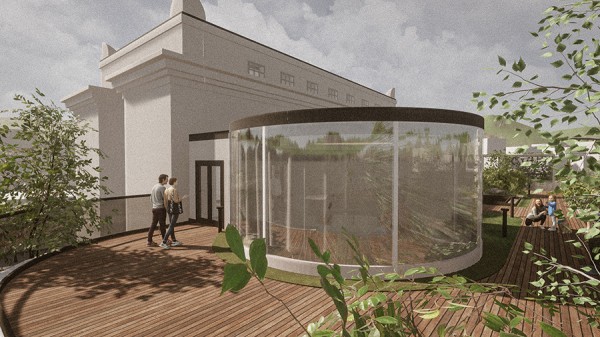
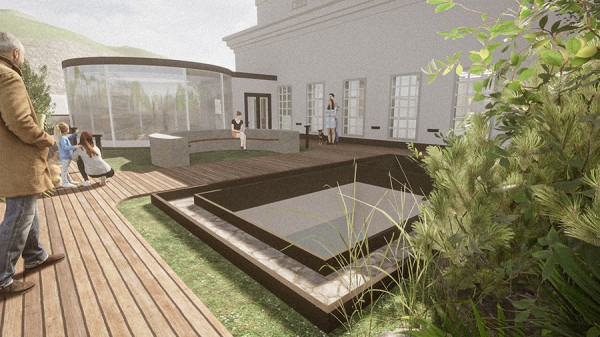
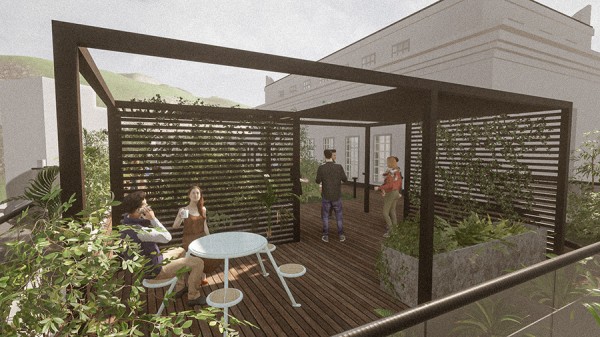
PLANS & SECTIONS




PROCESS
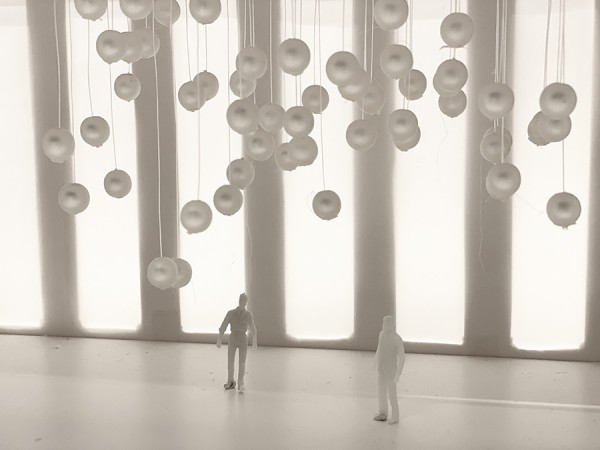


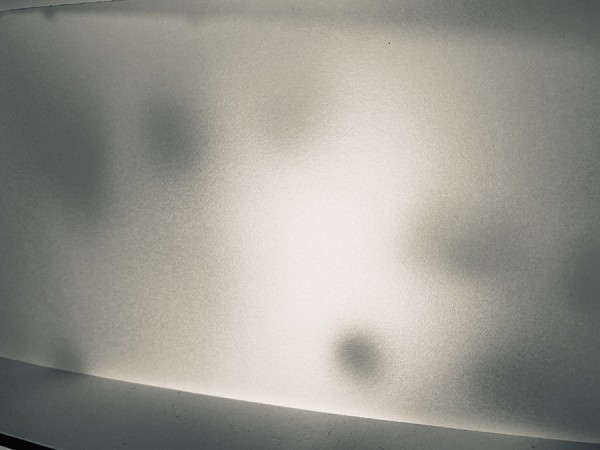
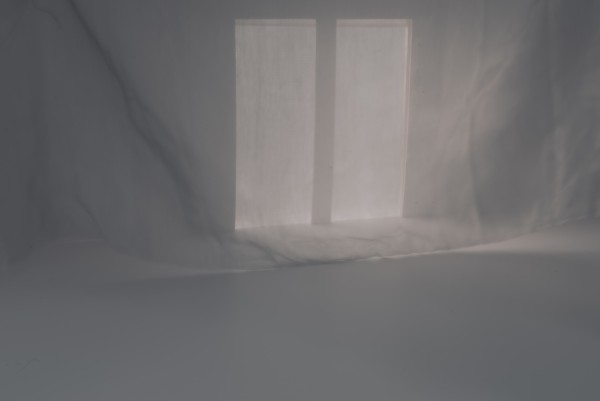


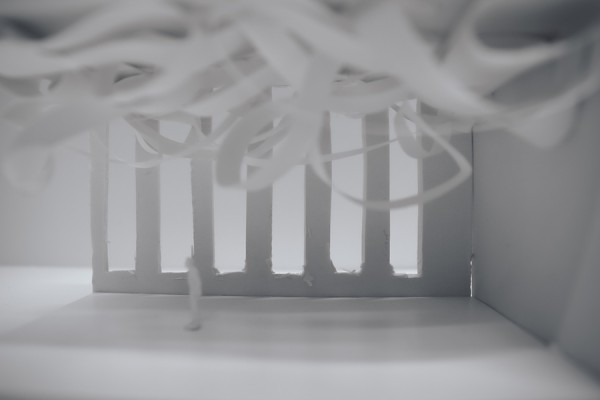
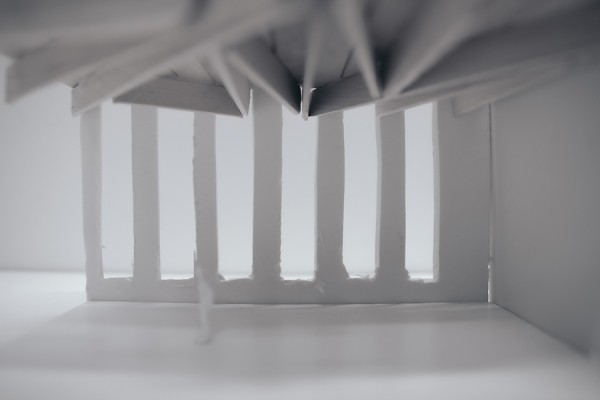

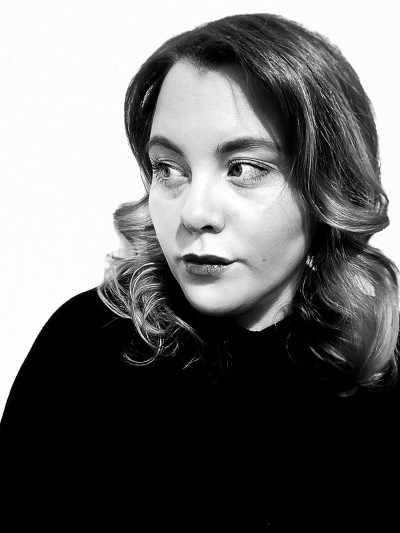
Trine Steenstrup Yggeseth (NO)
Trine Steenstrup Yggeseth is an interior architect who is inspired by the history of architecture. She enjoys working on projects that deal with transformation. Yggeseth aims to create environments where all people can thrive, regardless of disability or loss of sensation. In her thesis, Yggeseth engages in an interdisciplinary and humanistic approach to design. Before studying interior architecture, she has taken courses in the fields of law, marketing, social geography and urbanism. Building on these experiences, Yggeseth brings a rich context to her practice as an interior architect.